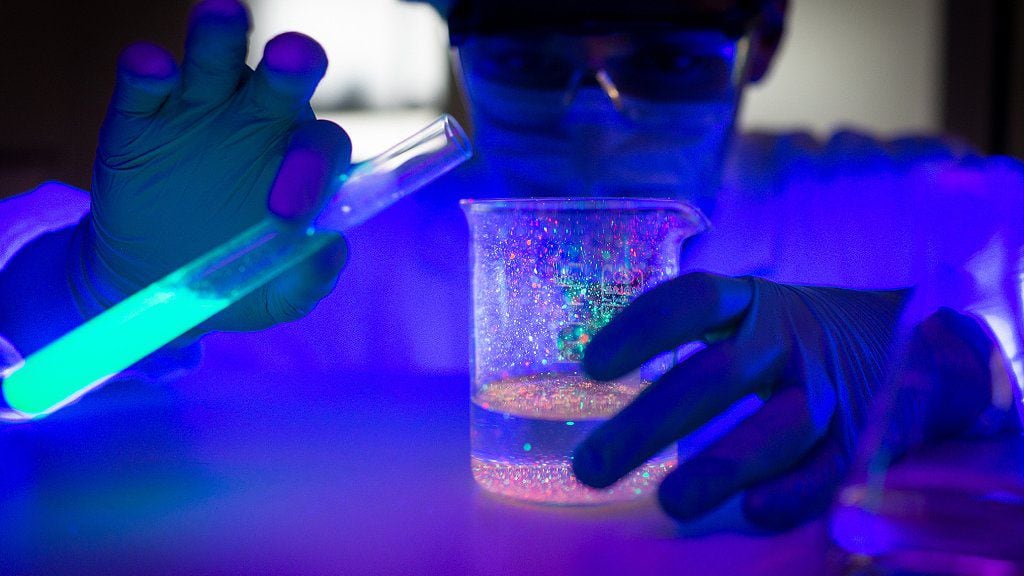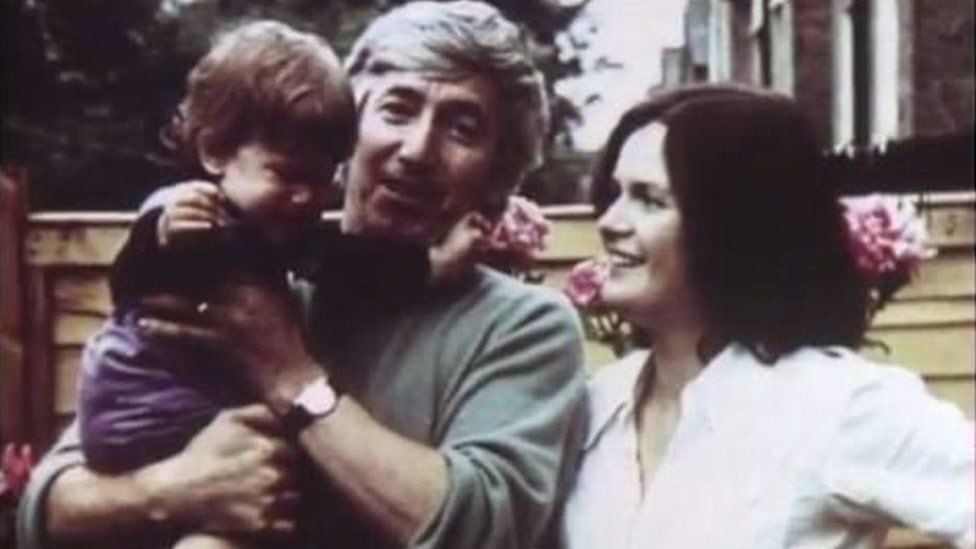Some say that it all started when, after suffering a stroke in 1922, the first leader of the Soviet UnionVladimir Lenin asked his successor, Josef Stalin, to give him cyanide to commit suicide. Stalin refused.
Others say it was after a socialist revolutionary shot Lenin in 1918. His doctors determined the bullets had been coated with poisonous curare resin, sparking intrigue.
LOOK: The incredible story of WT Stead, the journalist who bought a girl to change a law and died on the Titanic
But what the sources agree on is that, by order of Lenin, in the early 1990s 1920 a was established Kremlin poison factory.
The research institution, where the Soviets invented new methods to poison the enemies of the state without leaving a trace, began as a secret of the Cheka, the first of the Soviet political and military intelligence organizations, whose task was to “suppress and liquidate” any “counterrevolutionary” or “deviationist” act.
Just as the name of the Soviet secret services changed over time, originally called “Special Room”, it was later called Laboratory No. 1, Laboratory X and Laboratory No. 12, before being known simply as the Kamera or “the Chamber” under Stalin.
Though still shrouded in a veil of mysterydetails of his secret operations were leaked after the collapse of the USSR, and what came to light confirmed what dissidents had previously revealed.
an effective weapon
Poison as a political weapon has a long tradition, not in vain throughout history there have been servants in charge of testing what the powerful were going to consume before they did.
And, of course, the Soviets were not and will not be the only ones to use it… do you remember when the INC tried to assassinate Fidel Castro in 1960 with about cigars contaminated with botulinum toxin?
When it comes to killing a particular person, deadly and effective poison offers several advantages.
can be very discreetif, as was one of the objectives of the Kamera, a tasteless, odorless one is devised that cannot be detected in an autopsy, as some innovations of that laboratory have shown.
One victim, anti-Soviet émigré writer Lev Rebet, died in 1957 of a heart attack…or so it was believed, until the KGB assassin defected 4 years later and claimed he had sprayed a mist of poisonous gas from a vial of crushed cyanide on Rebet’s face when she passed him on a staircase.
Another politician was killed by a substance sprayed on his reading lamp; the heat from the bulb caused him to scatter around the room without a trace.
KGB agents also used sodium fluoride, which is lethal at certain doses and difficult to identify as a cause of death due to its most common use: preventing tooth decay. Many people already have it in their bloodstream.
Confusion also played into irradiated thallium’s favor as doctors could recognize the symptoms of thallium poisoning, which was commonly used in rat poison. They treated the patient, unaware that he was actually dying from radiation exposure. By the time he was autopsied, the thallium would have disintegrated, leaving no physical evidence of poisoning.
But even when a poison is detected, protects the anonymity of the killer: The use of an invisible murder weapon seen only by toxicologists lends itself to alternative explanations.
While suicide can hardly be claimed in the face of a gunshot murder, intoxication often leaves that and other possibilities open, which the perpetrators themselves can exploit to their advantage.
And, if the operation is carefully planned and executed by experienced agents, blame can almost never be conclusively established.

On the other hand, poison can serve as lessons or warnings for others of what awaits them if they cross the line.
Just as some chemical mixtures can cause a quick and unsuspected death, others can lead to horrible and agonizing deaths that torment their loved ones, sharing the horror of seeing those poisoned expire slowly and painfully.
human experiments
One of the first mentions of the existence of the laboratory reached the West in the 6 trunks of secret handwritten notes by Vasily Mitrokhin during the 30 years in which he served as a KGB archivist in the foreign intelligence service and in the First General Directorate.
Numerous former Russian intelligence officers, some retired and some defectors, have come forward with more information about the top-secret facility over the years.
But perhaps the most disturbing thing was learned with the publication of the memoirs of Pavel SudoplatovStalin’s former espionage chief, who wrote about the lab and its director, Professor Grigory Mairanovsky.
In “Special Operations”, from 1994, he reported that Maironovsky injected people with poison under the guise of a routine medical checkup.
Under the orders of General Vasili Blokhin, laboratory supervisor and chief executioner of Stalin’s secret police chief Lavrenti Beria, he also tested Kamera’s products on Gulag prisoners, including mustard gas, ricin, digitoxin, curare, cyanide. and many others.
The victims included Raoul Wallenberg, a Swedish diplomat who died mysteriously in Soviet custody, as well as Ukrainian nationalists and possible defectors.
Sudaplatov himself was in charge of covering up the operation afterwards.
From the USSR to the world

According to experts, at the height of the Cold War, a clear pattern emerged in the use of nerve agents and chemical weapons by the Soviets, with political rivals, dissidents, defectors, exiles, and leaders of independence movements in the Soviet republics as objectives.
“Literally” countless others suffered that fate, said Boris Volodarsky, a veteran of Russia’s military intelligence service and author of “The KGB’s Poison Factory” in his article in the Wall Street Journal: “who can count the poison victims when no poison is detected?“.
It is known that the KGB continued to silence enemies during the late Soviet period.
Oleg Kalugin, a KGB general, admitted that the Soviets were involved in the plot to assassinate BBC journalist Georgi Markov in 1978 in London.
LOOK: The mummy of the philosopher who still welcomes students from the University of London
Kamera produced ricin in tiny granules, specially designed to be injected undetected and without causing more pain than an insect bite, causing death without a trace.
The Bulgarians put it on the tip of an umbrella and carried out the operation.
But what is not known with certainty, to this day, is whether the laboratory was actually closed at some point, or if a version of it still exists somewhere in Russia.
Source: Elcomercio
I, Ronald Payne, am a journalist and author who dedicated his life to telling the stories that need to be said. I have over 7 years of experience as a reporter and editor, covering everything from politics to business to crime.

:quality(75)/cloudfront-us-east-1.images.arcpublishing.com/elcomercio/GE4TCMBNGA3C2MJSKQYDAORRHE.jpg)



:quality(75)/cloudfront-us-east-1.images.arcpublishing.com/elcomercio/BRUALTHDH5DODHM37OW4LLXDXY.jpg)

